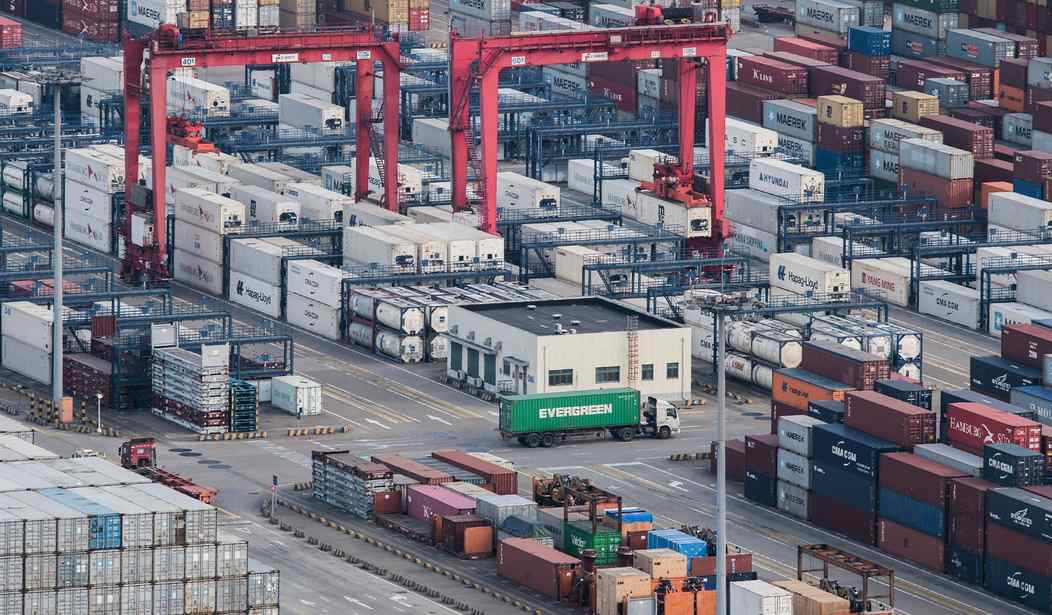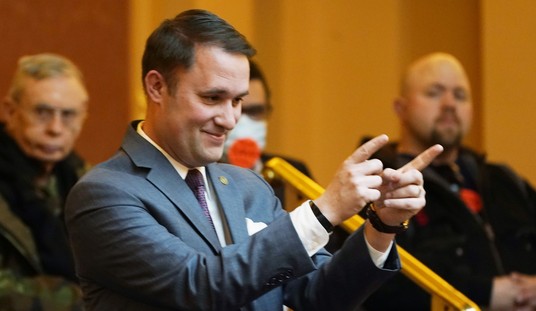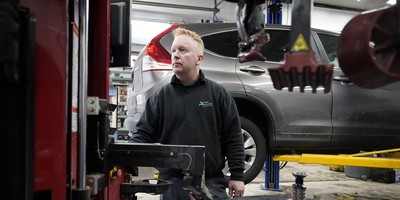It has been a while since Americans have had to weather the “perfect storm” of high inflation, low economic growth, shortages, and a sluggish labor market. The last time the U.S. economy simultaneously suffered from these threats was in the 1970s, under what became known as stagflation.
Unfortunately, based on several economic indicators, the U.S. economy seems headed towards another bout of stagflation. However, this time, it could be more widespread and long-lasting than it was almost 50 years ago.
First, inflation, which is a regressive tax, is spiraling out of control. According to the U.S. Bureau of Labor Statistics, core inflation stands at 5.3 percent.
On the energy front, which hits all households, inflation is spiking at stunning levels. Over the past year, the price of gasoline is up 43 percent, natural gas is up 21 percent, and electricity has increased 5.2 percent.
Even worse, used car prices have skyrocketed by 32 percent over the past year.
When taken fully into account, the average American household is spending an extra $175 per month on food and energy, thanks to inflation. For families struggling to make ends meet each month, this is unsustainable.
Second, economic growth, which temporarily surged after the pandemic shutdowns were lifted, is failing to keep pace with estimates.
Although U.S. GDP did rise in the first and second quarters of 2021, the low growth failed to meet modest expectations set by economic analysts.
Moreover, when one digs deep into the most recent GDP data, warning signs abound. For example, gross domestic income increased by 6.3 percent in the first quarter of 2021 but slowed to 2.3 percent in the second quarter. Also, in the second quarter, private inventory investment declined, which is not a good economic harbinger.
Recommended
Third, the U.S. economy is being plagued with shortages of goods (and services) across the board. Some have deemed the current situation the “Everything Shortage,” which is an accurate description.
At present, the U.S. economy is suffering from shortages of microchips, metals, plastics, lumber, and all sorts of other items. I see this every day, when I go to the grocery store and see empty shelves and products that have been AWOL for months.
At many of our nation’s ports, cargo ships cannot unload their freight because of a lack of longshoremen. This is being exacerbated by a dearth of shipping containers and available truck drivers.
In fact, things are so bad that retailers are warning of massive shortages for the upcoming holiday season.
Fourth, the U.S. labor market is in disarray. The September report of 194,000 jobs created fell far below expectations. As did the August report. Although the unemployment rate dropped in September, that is only because the number of reentrants decreased by 198,000.
The past few monthly job reports show disturbing trends of Americans dropping out of the workforce, as more than 11 million jobs remain unfilled, an all-time record. Of course, the lack of willing workers is due to many reasons, however, it is having a devastating impact on supply chains and the economy in general.
Amidst all of the economic uncertainty, Americans’ confidence in the economy is tanking.
According to a recent Gallup poll, 35 percent of Americans said current economic conditions are “poor,” 39 percent said “fair,” 23 percent said “good,” and only 2 percent said “excellent.”
For comparison, in February 2020, 24 percent rated economic conditions “excellent,” 39 percent said “good,” 28 percent said “fair,” and only 9 percent said “poor.”
Obviously, that was before the pandemic. However, over the past few months, the number of Americans saying economic conditions are “poor” has risen steadily.
In early 2020, before the pandemic, the U.S. economy was firing on all cylinders.
Unemployment was historically low, labor participation was high, inflation was minuscule, wages were rising (especially for those at the bottom rungs of the economic ladder), small businesses were thriving, and America was energy independent.
Yet, in late 2021, almost all of that has been reversed. Yes, some of that can be attributed to the pandemic. But, we should not ignore the policies that have been put in place since January, which have made matters worse.
Shutting down the Keystone XL pipeline, increasing government transfer payments (like the child care tax credit), increasing regulations (like the employer vaccine mandate), and much more has made the situation worse, not better.
Americans realize the economy is unstable. They also know that President Biden’s Build Back Better agenda would increase inflation, disincentivize work, add trillions to the national debt, and increase taxes for most Americans, among other negative effects.
We are at a pivot point. Will we return to our free-market roots, revive our economy, and re-embrace our can-do spirit, like we did in the booming 1980s? Or, will we slowly but surely move towards socialism, centralize our economy, and settle for stagnancy, aka stagflation?
Chris Talgo (ctalgo@heartland.org) is senior editor at The Heartland Institute.
























Join the conversation as a VIP Member